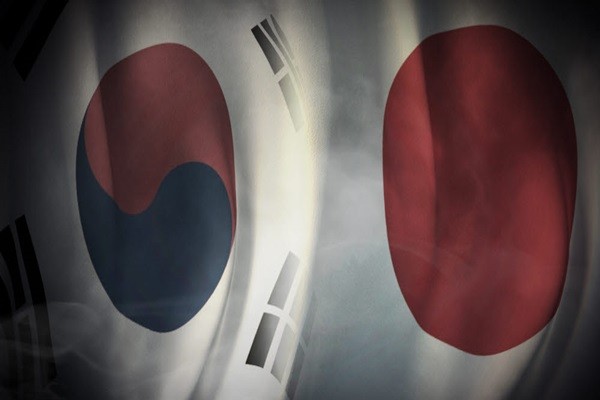It was shown that the amount of “hydrogen fluoride”, which is one of the three key materials that the Japanese government imposed restrictions on in an attempt to target South Korea, imported in 2020 was greatly reduced by more than 70% compared to 2019. This indicates that swift actions taken by the South Korean government and major companies trying to be independent on key materials, parts, and equipment are bearing an actual outcome.
According to Korea International Trade Association (KITA), the total amount of hydrogen fluoride that South Korea imported from Japan in 2020 was around $9.38 million. The amount is a 74.2% reduction compared to 2019 when the total amount was $36.33 million. The percentage of Japanese products out of the entire hydrogen fluoride imports fell from 32.2% in 2019 to 12.8% in 2020.
The amount of supply also showed a downward trend. According to Korea Customs Service’s statistics, 4,942 tons of hydrogen fluoride were imported from Japan in 2020. The amount is about a 75% reduction compared to 2019 when the amount was 19,835 tons. Since South Korea imported 4,277 tons of hydrogen fluoride from Japan back in 2002, it has been 18 years since the amount of supply went down to the 4,000s.
South Korea imported $72.99 million worth of hydrogen fluoride in 2020 which is about $40 million less than 2019 when it imported $112.92 million worth of hydrogen fluoride.
The fact that the amounts of hydrogen fluoride imported from other countries such as China, Taiwan, and the United States had also gone down also stands out. Chinese products accounted for 74.9% of the total imports. However, the amount of imports actually went down by about $2.8 million. As South Korea started to import Japanese products much less, its dependence on Chinese products had relatively gone up.

Such change in South Korea’s supply chain of hydrogen fluoride comes from the fact that the private and the public sectors have been working tirelessly in trying to strengthen the nation’s competitive edge in hydrogen fluoride since the Japanese government imposed restrictions and becoming less dependent on foreign products. For example, SoulBrain expanded its high-purity liquid hydrogen fluoride production plan by two fold and has made a contribution towards stabilizing South Korea’s supply chain of hydrogen fluoride. SK Materials also succeeded in domestic production of high-purity gaseous hydrogen fluoride.
On the other hand, the amounts of “photoresist” and “fluorinated polyimide” imports, which are the other two materials that the Japanese government imposed restrictions on, from Japan in 2020 had actually gone up compared to 2019. This trend is likely the result of a boom within the South Korea’s semiconductor industry and an increase in number of approvals on exports by the Japanese government.
In 2020, South Korea imported $328.29 million worth of photoresists (HSK 3707901010) from Japan. Compared to 2019, the amount had gone up by 22.3%. Japanese products accounted for 86.5% of the entire amount of photoresist imports. South Korea imported $35.36 million worth of fluorinated polyimides (HSK 3902999010) from Japan in 2020 which is a 12.4% increase compared to 2019. They accounted for 93.8% of the entire amount of fluorinated polyimide imports.
It is expected that the South Korean government and relevant industries will speed up the process of becoming independent on photoresist and fluorinated polyimide as well.
In case of photoresist, they are looking at European products to diversify the supply chain. They were also able to attract investments from Dupont based in the United States and TOK based in Japan and they have been able to stabilize the supply chain and internalize relevant technologies. In case of fluorinated polyimide, Kolon Industries is working on exporting its fluorinated polyimides to China. SKC is currently conducting tests based on its own internalized technologies.
One government official said that the country is already going through a process of stabilizing the supply chains of the three materials and also emphasized that South Korean companies specializing in materials, parts, and equipment will put in efforts to strengthen their competitive edge in technology and to enter foreign markets.
Staff Reporter Yun, Heeseok | pioneer@etnews.com